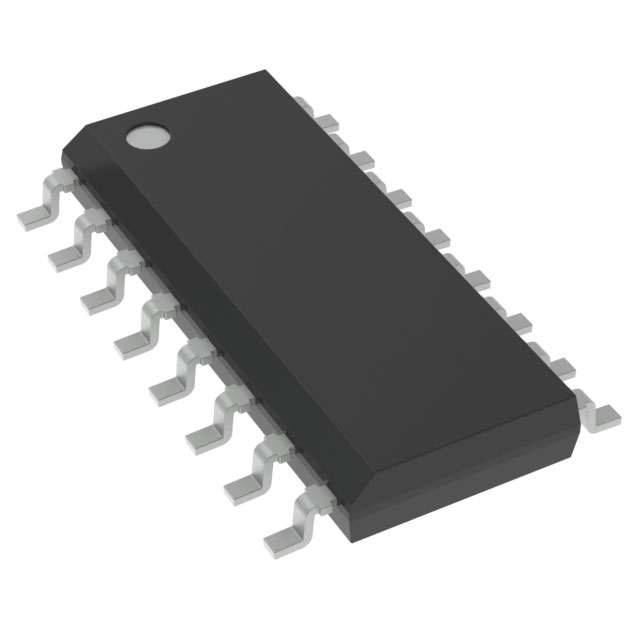M74HC4518RM13TR
Manufacturer No:
M74HC4518RM13TR
Manufacturer:
Description:
IC DECADE COUNTER DL 4BIT 16SO
Datasheet:
Delivery:





Payment:




In Stock : 0
Please send RFQ , we will respond immediately.









M74HC4518RM13TR Specifications
-
TypeParameter
-
Supplier Device Package16-SO
-
Package / Case16-SOIC (0.154", 3.90mm Width)
-
Mounting TypeSurface Mount
-
Operating Temperature-55°C ~ 125°C
-
Voltage - Supply2 V ~ 6 V
-
Trigger TypePositive, Negative
-
Count Rate60 MHz
-
Timing-
-
ResetAsynchronous
-
Number of Bits per Element4
-
Number of Elements2
-
DirectionUp
-
Logic TypeCounter, Decade
-
PackagingTape & Reel (TR)
-
Product StatusObsolete
-
Series74HC
The M74HC4518RM13TR is a specific type of integrated circuit chip, namely a dual BCD up-counter. Here are some advantages and application scenarios of this chip:Advantages: 1. Versatile functionality: The M74HC4518RM13TR chip can function as a dual BCD up-counter, which means it can count up in binary-coded decimal format. This versatility allows it to be used in various applications. 2. High-speed operation: The "HC" in the chip's name stands for "high-speed CMOS," indicating that it operates at high speeds, making it suitable for applications that require quick counting or processing. 3. Low power consumption: The chip is designed to consume low power, making it energy-efficient and suitable for battery-powered devices or applications where power consumption is a concern. 4. Wide operating voltage range: The chip can operate within a wide voltage range, typically from 2 to 6 volts, providing flexibility in different electronic systems.Application Scenarios: 1. Digital counters: The M74HC4518RM13TR chip is commonly used in digital counters, where it can count up in BCD format. It finds applications in devices such as electronic timers, frequency dividers, or event counters. 2. Industrial automation: The chip can be used in industrial automation systems where counting or monitoring events is required. It can be integrated into machinery or control systems to keep track of production cycles, machine operations, or event triggers. 3. Electronic instrumentation: The chip can be utilized in electronic instruments that require counting or measuring events, such as frequency counters, pulse generators, or data acquisition systems. 4. Consumer electronics: The chip can be found in various consumer electronic devices that involve counting or timing functions, such as digital clocks, electronic toys, or gaming consoles.It's important to note that the specific advantages and application scenarios may vary depending on the requirements and design of the overall electronic system.
M74HC4518RM13TR Relevant information
-
MC74HC4060ADTR2G-L22492
onsemi -
SNJ54ALS163BFK
Texas Instruments -
SNJ54197J
Texas Instruments -
M38510/38001BEA
Texas Instruments -
SNJ54HC4020J
Texas Instruments -
SNJ54LS590FK
Texas Instruments -
SNJ54LS163AJ
Texas Instruments -
SNJ54ALS163BJ
Texas Instruments -
M38510/05652BEA
Texas Instruments -
SN54HC393J
Texas Instruments







